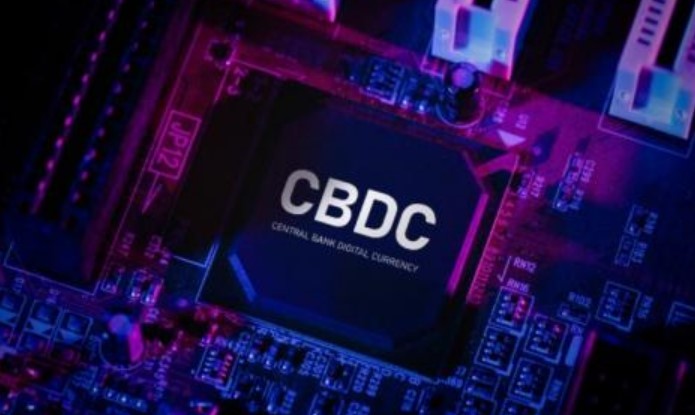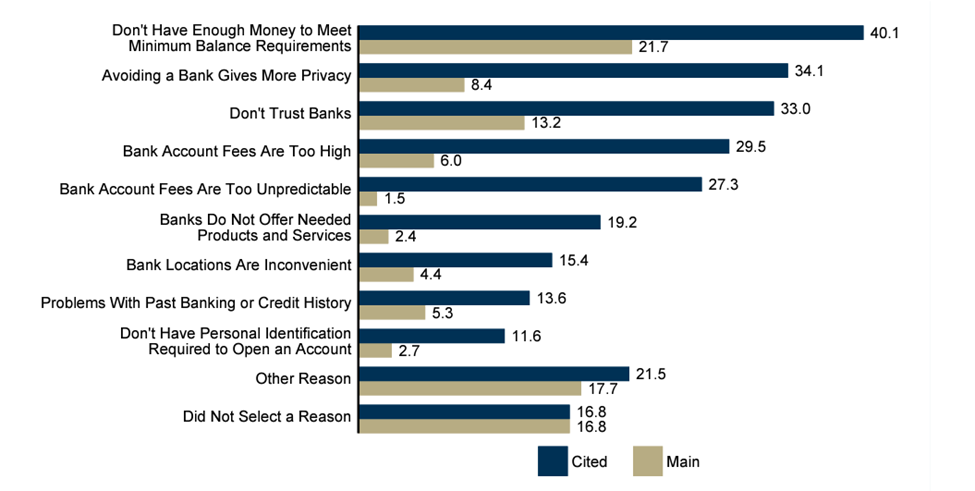by Dr. Jonathan Newman, Activist Post:

“Experts” at the Federal Reserve and other central banks proudly broadcast the potential “financial inclusion” that could be achieved with a central bank digital currency (CBDC). In the Fed’s main CBDC paper, “Money and Payments: The U.S. Dollar in the Age of Digital Transformation,” they make it clear: “Promoting financial inclusion—particularly for economically vulnerable households and communities—is a high priority for the Federal Reserve . . . a CBDC could reduce common barriers to financial inclusion.”
TRUTH LIVES on at https://sgtreport.tv/
The term has a ring to it that signals support for progressive goals. “Inclusion” is part of the Orwellian trio of terms “diversity, inclusion, and equity,” which, as Dr. Michael Rectenwald writes, means “surveillance, punishment of the ‘privileged,’ sacrifice of national citizens to global interests, and the labeling as ‘dangerous’ and marking for (virtual) elimination those supposed members or leaders of ‘hate groups’ who oppose such measures.” The central banks’ use of “financial inclusion” involves the same reversal of meanings.
Financial Inclusion and Unbanked Households
Consider that a retail CBDC would be like having a bank account with the Federal Reserve, even if it is intermediated by another bank. There is a lot of guesswork about how a CBDC will be implemented, but some say that it will not just be like having a bank account with the Fed, but that it could be exactly that.
Either way, if a CBDC were genuinely aimed at financial inclusion, it would offer something to those who have chosen to forgo a bank account entirely. This “unbanked” population constitutes about 5.4 percent of US households according to a 2021 Federal Deposit Insurance Corporation (FDIC) survey. The survey asked each household why they do not have a bank account, and the responses indicate that minimum balance requirements, privacy, trust, and fees are the most significant factors.
Figure 1: Unbanked households’ reasons for not having a bank account, 2021 (percent)
Source: FDIC, 2021 FDIC National Survey of Unbanked and Underbanked Households (FDIC, 2022), fig. ES.3.
The critical question, then, is this: what does a CBDC offer these households that physical cash and other nonbank financial services (e.g., check cashing, money orders, prepaid cards) do not?
Privacy (or Lack Thereof)
A CBDC undermines privacy. Whatever a central bank might say about privacy protection with a CBDC can be safely dismissed. The Fed paper, for example, says, “Protecting consumer privacy is critical. Any CBDC would need to strike an appropriate balance, however, between safeguarding the privacy rights of consumers and affording the transparency necessary to deter criminal activity.” We should not conflate the characteristics of a CBDC with those of cryptocurrencies in general, which offer anonymity and pseudonymity to their users.
Consider how the IRS recently pried open PayPal, Venmo, and Cash App accounts with transactions over $600. Consider also that the Supreme Court just ruled that the IRS can investigate your bank accounts without notification in some circumstances, including if you are a friend, family member, or associate of someone who owes the IRS.
Beyond taxes, banks also willingly hand over personal information (even without a warrant or formal request) to the FBI. This data, which includes previous firearm purchases, belongs to people who show up at the wrong protest or who were merely in the vicinity as the data is collected based on transactions within a specific geographic area.
The lack of privacy with bank accounts certainly contributes to the distrust people have for banks, as noted in the survey. This shows that “financial inclusion” is a mere buzzword as there is nothing about a CBDC that would gain the trust of unbanked households, who are not excluded from the banking system but actively avoid it.




